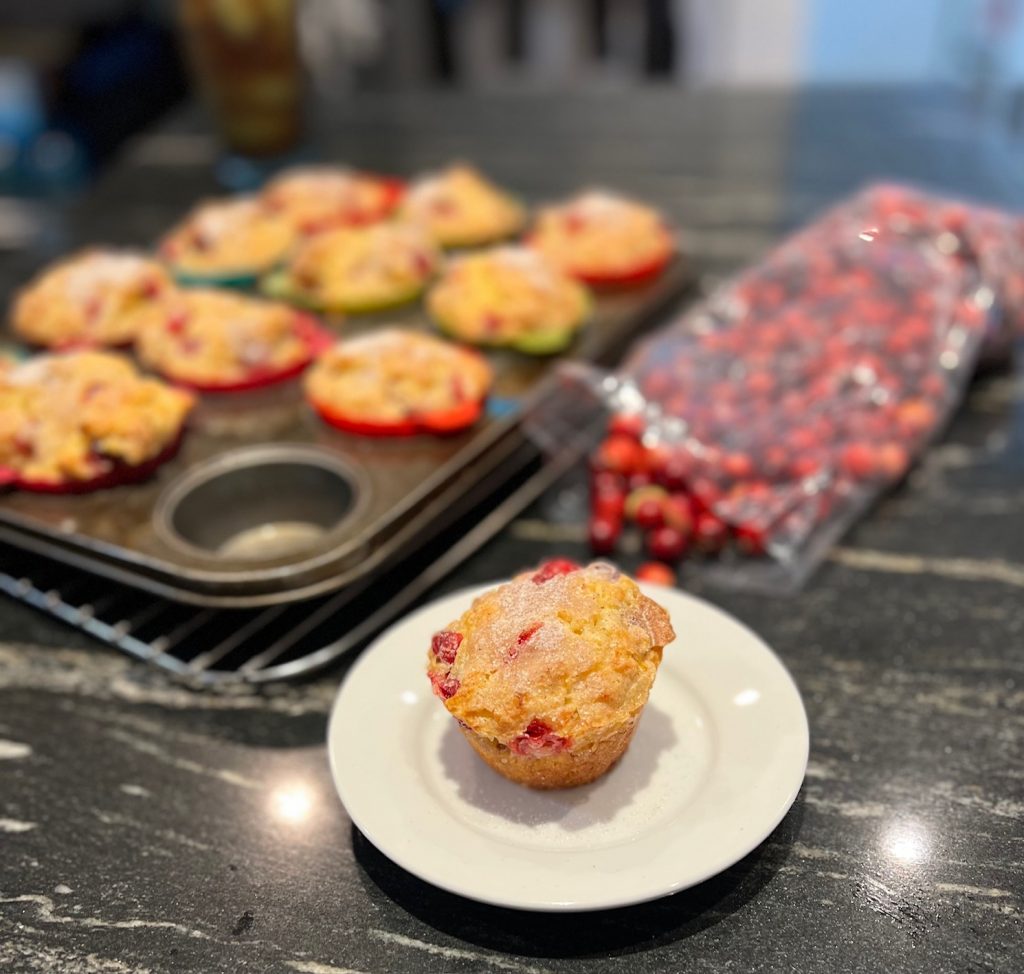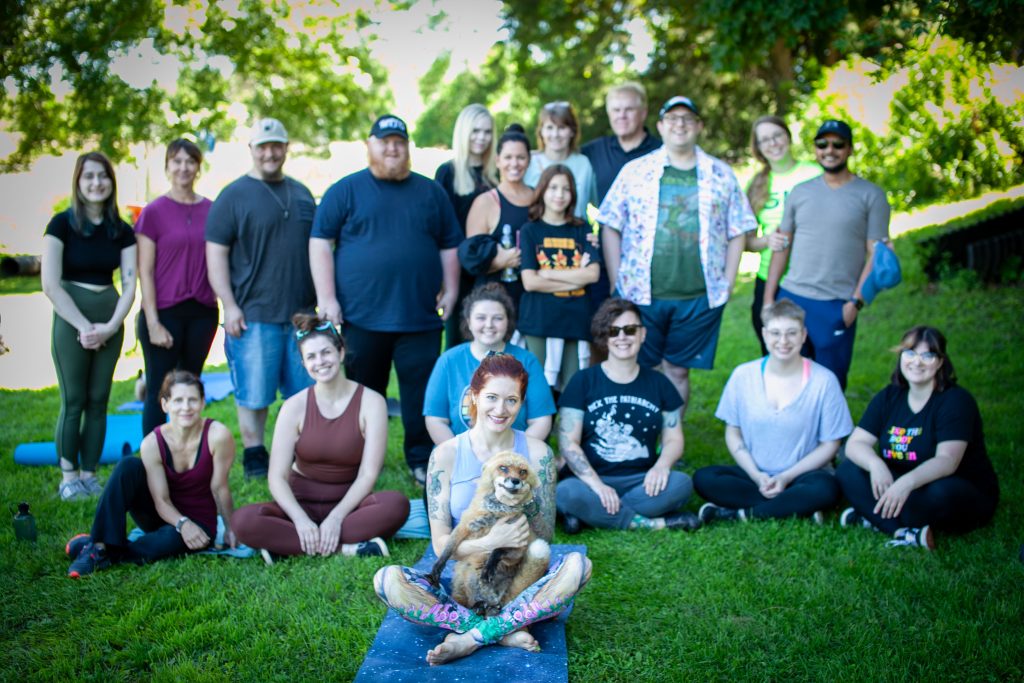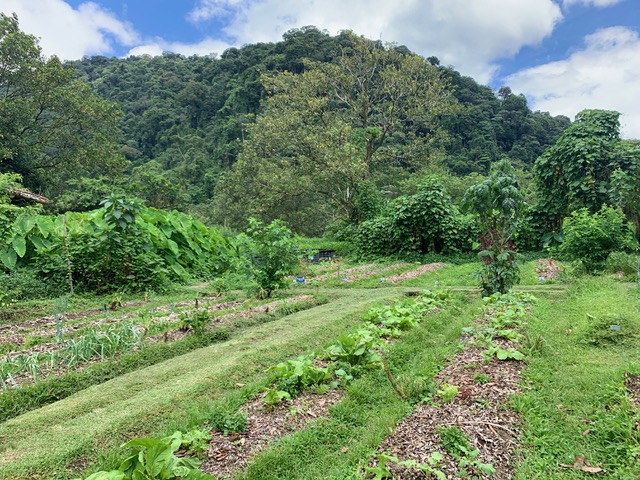Under the guiding principle that nature placed the elements of divine intelligence into every bit of creation, I marvel how the seasons of the year show up in my body as a woman, and in the bodies of women around me. It’s with this awareness I’ve noticed the growing areas of research, reclamation practices, festival “red tents” and body sovereignty all inviting women back to themselves during elements of their menstrual cycle, back into what Uma Dinsmore-Tuli PhD, C-IAYT calls Yoni Shakti source power. I am grateful for the work of Uma, Miranda Gray, Alissa Viti MPH, Judith Hanson Lasater PT, Dr. Claudia Welch AP, DAOM, Dr. Margo Bachman DACM, L.Ac., FABORM, and Dr. Manisha Kshirsagar BAMS (Ayurveda), who taught and encouraged me to dance in this life of divine feminine and invite others to do the same.
While none of these practices are meant to be taken as medical advice or treatment, do seek out the support of a health-care professional for a more personalized plan. Let your own experience be the guide over any recommendation or suggestion here as we come to know our inner source power, our inner Yoni Shakti through the year.
Winter is the season for rest, reflection, and quiet. There’s little planted, growing, or harvested. We can mark the winter of the woman’s body as menstruation, the active bleed lasting an average of 2-7 days. Reproductive hormones drop to their lowest levels, while dream and meditative states can be at their highest. The body may feel heavy and tired while the mind feels spacious, disconnected, and foggy.

Honoring the winter of the woman’s body includes:
- Eating nourishing and warm cooked foods over raw and fast-food
- Healthy fats to support the hormonal development in the next phases
- Exploring herbal teas over caffeine or alcohol
- Physical practices: rest-focused yoga nidra, yin or restorative (legs-up-the-wall, anyone?), and simple walking
- Workplace activities including finishing performance reviews and assessments or evaluating results of projects
The season for growing, spring holds new beginnings and an awakening after the winter. We mark the spring of the woman’s body as the follicular phase, the time when follicular stimulating hormone (FSH), luteinizing hormone (LH), and estrogen begin to rise, and maturation of ovarian follicles begin. This period lasts an average of 6-14 days. The body may begin to feel more connected, with the mind more creative and visionary.
Honoring the spring of the woman’s body includes:
- Enjoying more fermented foods, bitter greens like arugula, and cruciferous veggies like broccoli and cauliflower that support liver health and hormone metabolism
- Physical practices: more engaging hatha and vinyasa yoga style practices, mobility training
- Work: project concept exploration, idea formation, “to-do” lists, and strategic planning
The season when creativity reaches its zenith, summer features high energy, and the community within nature connects most dynamically. We mark the summer as the ovulation phase, lasting 5-7 days, where FSH, LH, and estrogen peak, leading to the release of a mature egg: ovulation. The body feels energized, magnetic, vibrant; digestion might feel stronger and ‘fiery’, and the language centers in the brain get amplified for communication and relationship building.
Honoring the summer of the woman’s body includes:
- Enjoying fresh raw foods and salads, green smoothies, more complex meals, and sporadic use of caffeine
- Physical practices: high energy like hot vinyasa practices, HIIT, weight sessions, and endurance building
- Work: collaborative meetings, interviewing and onboarding, and diplomatic discussions
Autumn is the season for harvest, abundance, and the transition into the winter. The luteal phase of the menstrual cycle incorporates this season and lasts 14 days. During the first week, elements of the luteal phase feel more like the ovulation where the drop of estrogen and the rise of progesterone occurs, whereas the second half takes on characteristics of the winter season to come, with progesterone gradually decreasing further. The body may feel more consistent and stable energetically, yet digestion may slow down, with the mind more focused on “doing the work” and finishing things.
Honoring the autumn of the woman’s body includes:
- Modifying diet to support digestion and elimination through fiber consumption, such as cooked sweet potatoes, stir-fry veggies, kitchari, and digestive spices like ginger, black pepper, turmeric.
- First week: no change may be helpful to physical activity as the energy may still feel high
- Second week: energy levels may noticeably begin to decrease, and practices such as hatha and vinyasa become gentler, or the daily walk becomes the most nourishing of exercise practices.
- Work: taking the steps outlined and identified during the spring/follicular phase
- Complete projects over starting new ones
As the seasons of the year flow into one another, so do the benefits of one phase flow into the other. By honoring its intelligent design and reflection of nature, incorporating body-based practices support vitality and wellbeing through the cycles and through the years.
Laura Willenbring lives a life of curious fascination with the natural world, never without a book on hand or a question on her heart. A 500hr RYT and RPYT with thousands of hours of study and practice, she’s currently completing her Ayurvedic Health Counselor requirements. Along with yoga, Laura is a licensed and practicing integrated veterinarian focusing on Traditional Chinese Veterinary Medicine, acupuncture, food therapy and herbal medicine, public health, and food safety. She recognizes the intersectionality of the human-animal bond, and the value of integrated practices for people as well as pets.
















